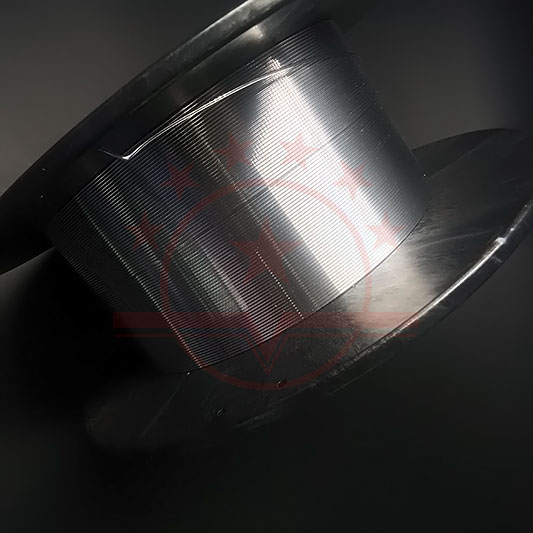The welding development of the American Welding Society (aws) takes 450 ° C as the dividing line. The temperature of the soldering liquid is higher than 450 ° C, and the temperature of the brazing is lower than 450 ° C. This division has been accepted by most people in the world, but there are also some different views, such as the US military standard MILSPEC with 429 ° C (8000F) as the dividing line. In addition, some people engaged in soldering of electronic products believe that soldering below 315 ° C (6000 F) is soldering.
In fact, in the electronics industry, the vast majority of soldering is performed below 300 ° C, while soldering above 450 ° C is relatively rare in the electronics industry. The soldering technology in the electronics industry is very different from traditional soldering. From a material point of view, compared with the traditional welding technology involving ferrous ferrous metals, the materials connected in the electronics industry are non-ferrous metals, and there are many types, usually involving precious metal rare metals and multilayer multilayer alloy metal combination systems. In addition, the connection of non-metallic materials is often involved. Due to the variety of objects to be connected, the materials used to complete the connection (welding, etc.) also show a variety of and complex compositions. From the perspective of the dimensional characteristics of connected objects, small features constitute the most distinctive features of these connected objects. For example, many solder joints are much smaller than 1MM2, and the bumps and metal coatings of the linked objects may be less than 0.1MM and only a few microns thick: solder joints and solder joints range from 1MM2 to larger. Than a dozen microns. with. With the miniaturization of electronic products and the demand for light weight, high precision and high reliability, the size of connected objects is still decreasing. Sub-micron and nano-scale packaging technologies are also emerging. The reliability of the team's electronic packaging and assembly also presented challenges. At the same time, with the rapid development of electronic packaging assembly technology, wafer-level chip-level assembly-level system-level technology has begun to be used in the packaging and assembly stages. This has led to the full application of the soldering process in all packaging and interconnections from wafers to electronics.
Modern has entered the information age with electronic technology as its core. As electronic products enter millions of households, even everyone will carry dozens of integrated circuit products, such as watches and mobile phone IC cards. MP3 Pocket PC
Smart toy electronic keys and the like need smaller, lighter electronic products, faster, safer and more reliable, which has promoted the development of microelectronic packaging technology and promoted the development of electronic packaging to high-density and multi-functional lead-free. Trends in new electronic packaging technologies, such as solder ball array (BGA) chip size packaging (GSP) flip-chips directly adhered to wafer-level packaging, three-dimensional stacked packaging, system-level packaging, multi-chip packaging, multi-chip module packaging and adaptation To the optoelectronic packaging, high voltage and high power equipment packaging, RF microwave equipment packaging, MEMS packaging, etc. required for various specialized electronic equipment, the electronic packaging has developed to a high degree of integration and high density, which promotes the mechanical and thermal load of smaller and smaller solder joints. The electrical load is getting higher and higher, so the reliability research due to soldering during the packaging process is particularly important. In addition, with the increase of people's awareness of environmental protection, the awareness of lead's toxicity has deepened. In the process of soldering technology to lead-free soldering, one of the most prominent problems brought about by changes in packaging solder and packaging technology is lead-free. Development of solder and reliability of solder joints.
 ER4043
ER4043


















 sales@welding-material.com
sales@welding-material.com







